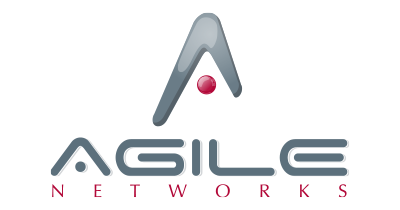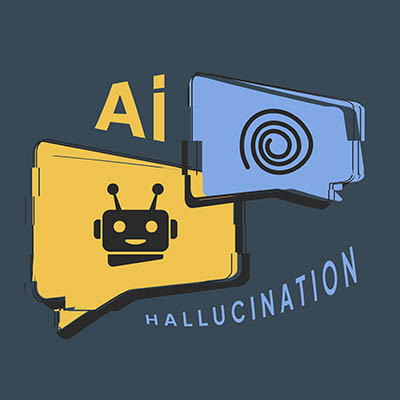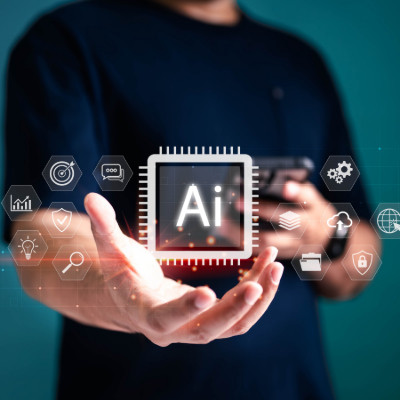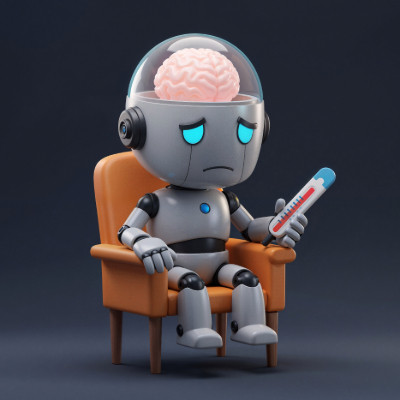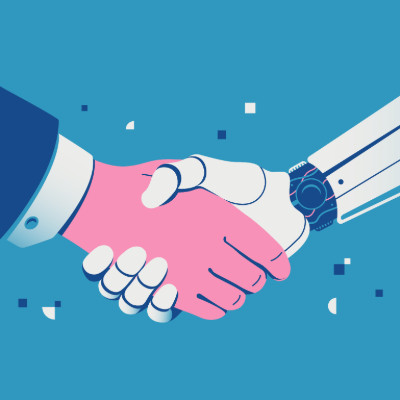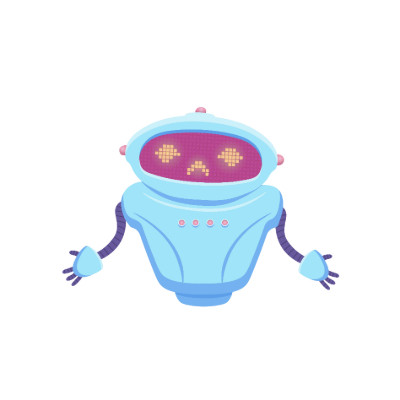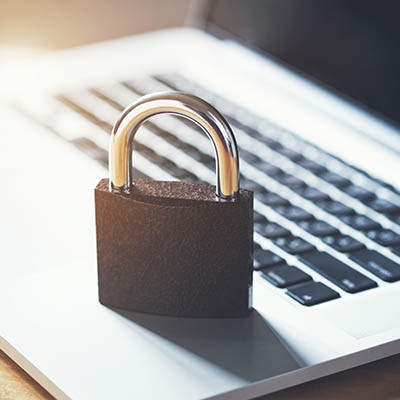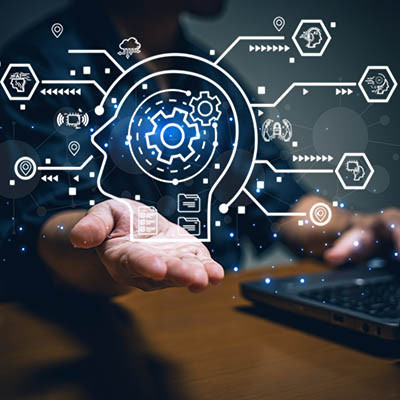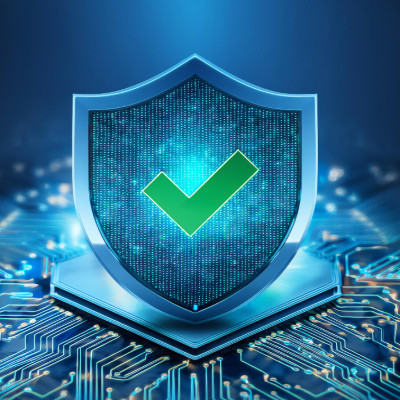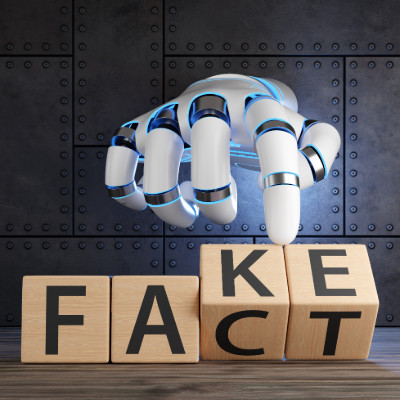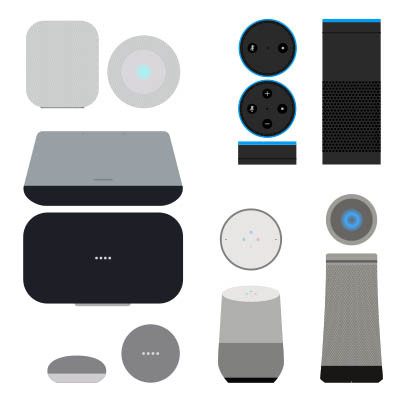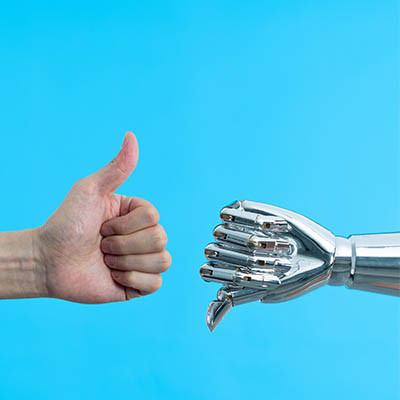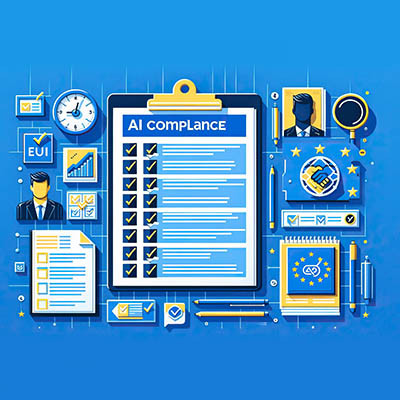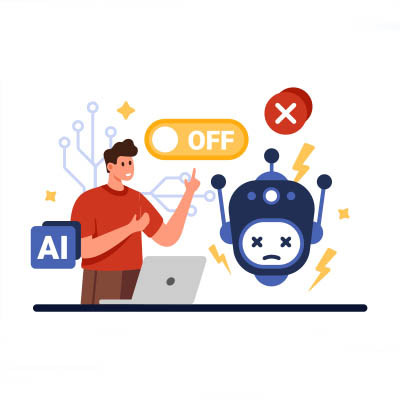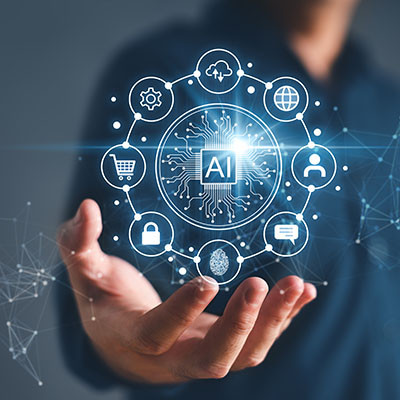Agile Networks Blog
Have you ever stopped to ask yourself if the person you’re talking to on the phone is an AI system or an actual, honest-to-goodness human? It’s expected that in 2026, you’ll be asking this question a lot more often—especially with the rise of agentic AI. This development takes the vulnerability that already exists in your human infrastructure and attempts to make it impossible to stop. Today, we’ll explore agentic AI, what it looks like, and what you can do to put a stop to it in the years to come.
One of the most common criticisms of generative AI tools is that they often “hallucinate,” or make up information, making them somewhat unreliable for certain high-stakes tasks. To help you combat hallucinations, we recommend you try out the following tips in your own use of generative AI. You might find that you get better, more reliable outputs as a result.
Now that AI has entered the mainstream, more businesses are implementing these tools into their daily operations. Tasks like drafting emails, brainstorming for a new project, or debugging code have all been made easier. Here’s the secret to making the most out of AI: you get out what you put in. What do we mean by this? Let’s find out.
Artificial intelligence is all the rage these days. In fact, most businesses are using it for a multitude of things. With everyone all-aboard the AI train, it’s easy to confuse the computational power and speed AI offers to be infallible. Unfortunately, AI can get things going sideways if you aren’t careful. When it does go wrong, the consequences can be more than just an inconvenience.
Here's a look at some of the most critical ways AI can go wrong:
Pop culture has given us a vivid, if often terrifying, impression of artificial intelligence. When we hear AI, many still picture calculated malice: a HAL 9000, a Skynet, or an Ultron.
The real potential of AI is far more productive, it's less about calculating world domination and more about becoming your organization's most helpful collaborator. Think of it as a JARVIS for your executive team or an R2-D2 for your operational staff: a powerful tool that assists your team in generating ideas, solving complex problems, and completing high-volume tasks. Critically, maximizing this potential doesn't require new hardware; it requires sharpening the very soft skills we already value in our top performers: curiosity, empathy, and resilience.
Did you know that during World War II, Allied codebreakers didn't just crack the German Enigma code with pure math? They also used clever tricks, like baiting the Germans into sending predictable messages, to expose the machine's inner workings. History proves this approach worked then, and (unfortunately) continues to work now.
This art of manipulating a system to reveal its secrets has found a new, high-tech home in the world of artificial intelligence. It's called prompt hacking, and it's essentially a form of digital social engineering aimed directly at the AI models businesses are starting to rely on.
AI has revolutionized the way businesses operate, streamlining various tasks and changing how knowledge-based businesses function in record time. One of the ways that businesses are using AI is customer support, but how effective is it really? Is there any merit to maintaining the human element of your customer service, or said in a different way, what can human customer support offer that AI cannot?
AI is no longer a futuristic concept; it's a powerful tool that smart business owners use to their advantage. Many companies struggle to move beyond the hype and effectively integrate AI into their operations. Making the most of your AI initiatives requires a strategic approach. Here are five essential tips to help you succeed.
We wanted to take a minute to talk a little bit about something we all cherish: hope. Hope is a powerful force and it constantly propels us forward and can brighten even the darkest days. We hope for good health, happy families, and definitely that winning lottery ticket.
Unfortunately, hope is a terrible cybersecurity strategy.
As the water cooler whispers about artificial intelligence get louder, workers are actively becoming worried about the status of their jobs. The idea of robots taking jobs can sound alarming, but knowledge is power. By understanding how AI works and what it can do for a business, employers and employees alike can gain some perspective and peace of mind.
Smart speakers have been around for a while, but let’s be honest—they haven’t exactly changed the world. Sure, they’re great for playing music, setting timers, and answering random trivia questions, but beyond that? Not much has evolved. So, how did we get here, and what’s next? More importantly, can they actually be useful for businesses, or are they just another gadget collecting dust?
Besides all of those people who are advocating for the scaling back or non-implementation of tools to save jobs, most people understand the benefit of automation when it makes sense. Not only do machines tend to do certain tasks more effectively, they never willingly take a day off. Unfortunately, for every task that needs to be completed less than half can be automated, and that number drops even further when you take into account everything a human does at their job. Today, there are very few jobs that can be fully automated; even as AI has begun to be used more for business. This week, we wanted to discuss why automation may not be the answer you are looking for and why training humans holds a lot of value.
The big thing in business computing is AI, or artificial intelligence, and businesses are implementing it to solve a lot of repetitive problems that free up their employees to serve other roles. One such area is for IT support. But is it worth it to chat with a robot when something as important as IT is on the line?
One of the many tasks undertaken by the United Nations is to protect human rights around the globe while also working to create more sustainable and climate-friendly development. As such, the UN has recently taken a healthy interest in the development of artificial intelligence, hoping to develop guidelines that allow us to get the most value out of AI without creating more significant problems.
Artificial intelligence is everywhere, and it is making data more valuable than ever. This is because AI platforms rely heavily on data to function effectively. Many platforms and services collect data from their users to fuel these algorithms. LinkedIn has recently been found to do this—by default—without properly informing its users or updating its terms of service.
Businesses are constantly trying to find a way to best use their data. Whether it is creating a business intelligence strategy, integrating artificial intelligence, or for simple analytics, without having accurate, reliable data, the insights you derive can be misleading and end up costing you. That’s why it is important to know how to scrub or clean your data. Having access to clean data is essential for anyone involved in business intelligence or AI. Today, we will discuss the issue and give you a simple guide to help you get started.
While AI is far from perfect, I always love discovering ways that it can help do something mundane and speed up a workflow here or there. I’m no expert in Photoshop either, so if I need to edit something, I usually depend on someone with a little more experience, but this was a really neat trick I was able to do in just a few minutes!
Customer Login
News & Updates
Contact Us
Learn more about what Agile Networks can do for your business.
Agile Networks
705B Moore Industrial Park
Prospect Park, Pennsylvania 19076
